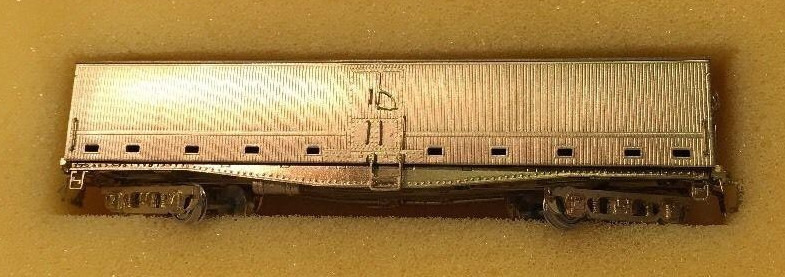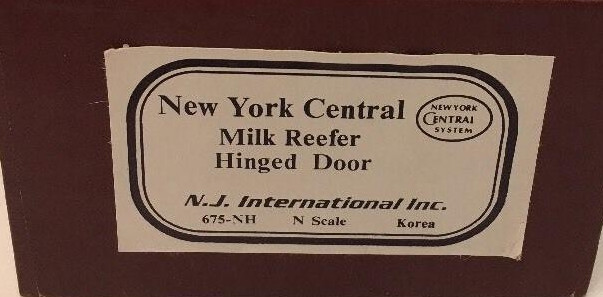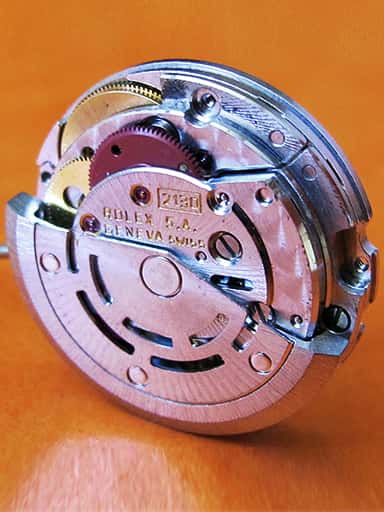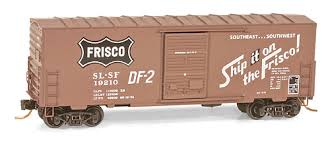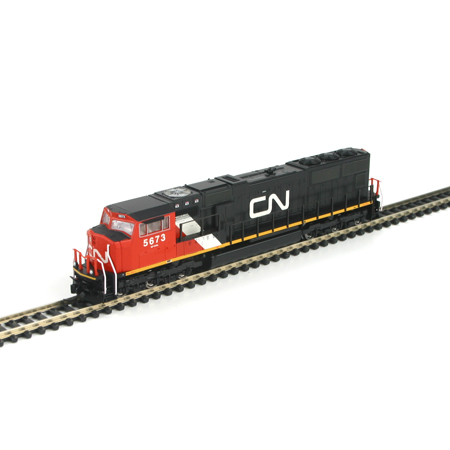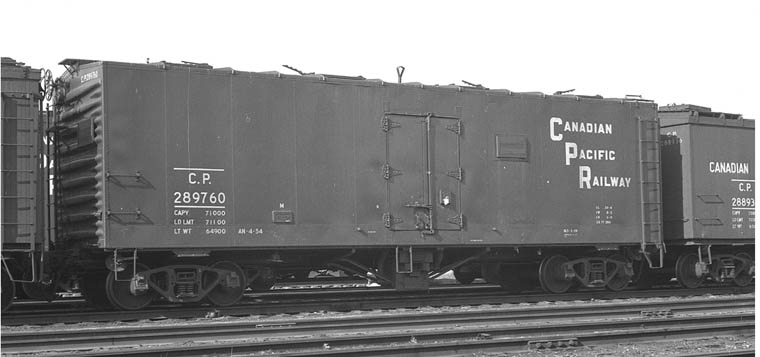Specific Item Information: Not much information is available on these brass cars imported by NJ International from Korea. The New York Central had 525 cars in their fleet of wood cars, with several different style of doors: sliding and hinged.
Price for item as listed in Walther's "The World of N & Z Scale - 1990"
The NYC's fleet of distinctive tongue in groove, radial roof, fishbelly side sill express reefers and milk/express cars were seen nationwide in mail and express trains, especially on the ATSF, hauling highly perishable produce from the West and South and packages and mail from the North and Midwest. The NYC's fleet of 525 wood cars rivaled the REA roster. They equaled the Pennsy's R-50b contingent of steel express reefers. The Rutland cars follows the NYC milk car design.
The NYC express reefers and milk cars operated in a similar fashion to the REA, providing transcontinental service. Due to agreements with connecting railroads the cars were widely seen on the Santa Fe's Fast Mail (the ATSF owned only 50 express reefers), MoP, CB&Q, UP and MILW mail and express trains, all of whom held major mail and express contracts in the West. The NYC cars passed to the Southern RR at the Cincinatti gateway. In addition, the cars were seen throughout the NYC's large system in the US and Canada.
Th express reefers and milk cars were dual use equipment. The reefers' ice bunkers were collapsed to make 48' interior capacity for parcels and mail or left intact for 40' of refrigerated capacity. The 49' IL milk cars were progressively moved to mail and express service after World War II, as trucks captured more of the traffic for milk in cans.
The NYC milk cars were built from 1921-1931 and the express cars in 1929 concurrent with the formation of the REA. The Rutland cars were built in NYC shops in 1924. These reefers and milk cars performed in mail and express service into the 1960s.
The reefers and milk cars were initially built with horizontal nailing strips from door to end. Over time some cars lost these strips when rebuilt, leaving both styles in service during the late steam and early diesel era.
The milk cars had globe vents at the roof peak, no running board and hatches, milk doors and floor level screen vents.
http://www.spookshow.net/freight/njireefer.html
Price for item as listed in Walther's "The World of N & Z Scale - 1990"
The NYC's fleet of distinctive tongue in groove, radial roof, fishbelly side sill express reefers and milk/express cars were seen nationwide in mail and express trains, especially on the ATSF, hauling highly perishable produce from the West and South and packages and mail from the North and Midwest. The NYC's fleet of 525 wood cars rivaled the REA roster. They equaled the Pennsy's R-50b contingent of steel express reefers. The Rutland cars follows the NYC milk car design.
The NYC express reefers and milk cars operated in a similar fashion to the REA, providing transcontinental service. Due to agreements with connecting railroads the cars were widely seen on the Santa Fe's Fast Mail (the ATSF owned only 50 express reefers), MoP, CB&Q, UP and MILW mail and express trains, all of whom held major mail and express contracts in the West. The NYC cars passed to the Southern RR at the Cincinatti gateway. In addition, the cars were seen throughout the NYC's large system in the US and Canada.
Th express reefers and milk cars were dual use equipment. The reefers' ice bunkers were collapsed to make 48' interior capacity for parcels and mail or left intact for 40' of refrigerated capacity. The 49' IL milk cars were progressively moved to mail and express service after World War II, as trucks captured more of the traffic for milk in cans.
The NYC milk cars were built from 1921-1931 and the express cars in 1929 concurrent with the formation of the REA. The Rutland cars were built in NYC shops in 1924. These reefers and milk cars performed in mail and express service into the 1960s.
The reefers and milk cars were initially built with horizontal nailing strips from door to end. Over time some cars lost these strips when rebuilt, leaving both styles in service during the late steam and early diesel era.
The milk cars had globe vents at the roof peak, no running board and hatches, milk doors and floor level screen vents.
http://www.spookshow.net/freight/njireefer.html
Model Information: M.S. Models made a series of Brass reefers for NJ International.
Prototype History: Not all steel reefers contained mechanical refrigeration units. Although today we expect that a modern reefer contain an air conditioning unit to be integral to the car design, this was not always true. There was a period following the second world war when the cost of steel was cheap but the cost of a refrigeration unit was high. Early mechanical refrigeration units were unreliable, noisy, expensive and costly to maintain, and for the early post-war years many railroads continued to use ice for refrigeration even though the technology for mechanical refrigeration was possible.
In the post-WWII period, steel once again became readily available and the railroads rapidly replaced their aging fleets of wood reefers with newly constructed steel cars. Among the more common steel reefers for meat and other perishable commodities were those built by URTX. These cars had a horizontal rivet strip along the middle of each side, improved Dreadnaught ends and diagonal-panel roofs.
From Wikipedia and other sources
In the post-WWII period, steel once again became readily available and the railroads rapidly replaced their aging fleets of wood reefers with newly constructed steel cars. Among the more common steel reefers for meat and other perishable commodities were those built by URTX. These cars had a horizontal rivet strip along the middle of each side, improved Dreadnaught ends and diagonal-panel roofs.
From Wikipedia and other sources
Road Name History: The New York Central Railroad (reporting mark NYC), known simply as the New York Central in its publicity, was a railroad operating in the Northeastern United States. Headquartered in New York City, the railroad served most of the Northeast, including extensive trackage in the states of New York, Pennsylvania, Ohio, Michigan, Indiana, Illinois, and Massachusetts, plus additional trackage in the Canadian provinces of Ontario and Quebec.
The railroad primarily connected greater New York and Boston in the east with Chicago and St.Louis in the midwest along with the intermediate cities of Albany, Buffalo, Cleveland, Cincinnati, and Detroit. NYC's Grand Central Terminal in New York City is one of its best known extant landmarks.
1853 company formation: Albany industrialist and Mohawk Valley Railroad owner Erastus Corning managed to unite ten railroads together into one system, and on March 17, 1853 executives and stockholders of each company agreed to merge. The merger was approved by the state legislature on April 2, and by May 17, 1853 the New York Central Railroad was formed.
In 1867 Vanderbilt acquired control of the Albany to Buffalo running NYC. On November 1, 1869 he merged the NYC with his Hudson River Railroad into the New York Central and Hudson River Railroad. Vanderbilt's other lines were operated as part of the NYC.
In 1914, the operations of eleven subsidiaries were merged with the New York Central & Hudson River Railroad, re-forming the New York Central Railroad. From the beginning of the merge, the railroad was publicly referred to as the New York Central Lines. In the summer of 1935, the identification was changed to the New York Central System.
In 1968 the NYC merged with its former rival, the Pennsylvania Railroad, to form Penn Central (the New York, New Haven and Hartford Railroad joined in 1969). That company went bankrupt in 1970 and was taken over by the federal government and merged into Conrail in 1976. Conrail was broken up in 1998, and portions of its system was transferred to the newly formed New York Central Lines LLC, a subsidiary leased to and eventually absorbed by CSX and Norfolk Southern. Those companies' lines included the original New York Central main line, but outside that area it included lines that were never part of the New York Central system. CSX was able to take one of the most important main lines in the nation, which runs from New York City and Boston to Cleveland, Ohio, as part of the Water Level Route, while Norfolk Southern gained the Cleveland, Ohio to Chicago, Illinois portion of the line called the Chicago line.
At the end of 1925, the New York Central System operated 11,584 miles (18,643 km) of road and 26,395 miles (42,479 km) of track; at the end of 1967 the mileages were 9,696 miles (15,604 km) and 18,454 miles (29,699 km).
Read more on Wikipedia.
The railroad primarily connected greater New York and Boston in the east with Chicago and St.Louis in the midwest along with the intermediate cities of Albany, Buffalo, Cleveland, Cincinnati, and Detroit. NYC's Grand Central Terminal in New York City is one of its best known extant landmarks.
1853 company formation: Albany industrialist and Mohawk Valley Railroad owner Erastus Corning managed to unite ten railroads together into one system, and on March 17, 1853 executives and stockholders of each company agreed to merge. The merger was approved by the state legislature on April 2, and by May 17, 1853 the New York Central Railroad was formed.
In 1867 Vanderbilt acquired control of the Albany to Buffalo running NYC. On November 1, 1869 he merged the NYC with his Hudson River Railroad into the New York Central and Hudson River Railroad. Vanderbilt's other lines were operated as part of the NYC.
In 1914, the operations of eleven subsidiaries were merged with the New York Central & Hudson River Railroad, re-forming the New York Central Railroad. From the beginning of the merge, the railroad was publicly referred to as the New York Central Lines. In the summer of 1935, the identification was changed to the New York Central System.
In 1968 the NYC merged with its former rival, the Pennsylvania Railroad, to form Penn Central (the New York, New Haven and Hartford Railroad joined in 1969). That company went bankrupt in 1970 and was taken over by the federal government and merged into Conrail in 1976. Conrail was broken up in 1998, and portions of its system was transferred to the newly formed New York Central Lines LLC, a subsidiary leased to and eventually absorbed by CSX and Norfolk Southern. Those companies' lines included the original New York Central main line, but outside that area it included lines that were never part of the New York Central system. CSX was able to take one of the most important main lines in the nation, which runs from New York City and Boston to Cleveland, Ohio, as part of the Water Level Route, while Norfolk Southern gained the Cleveland, Ohio to Chicago, Illinois portion of the line called the Chicago line.
At the end of 1925, the New York Central System operated 11,584 miles (18,643 km) of road and 26,395 miles (42,479 km) of track; at the end of 1967 the mileages were 9,696 miles (15,604 km) and 18,454 miles (29,699 km).
Read more on Wikipedia.
Item created by: ttftrains on 2017-11-21 23:26:22. Last edited by dennis.kamper on 2020-11-15 18:04:34
If you see errors or missing data in this entry, please feel free to log in and edit it. Anyone with a Gmail account can log in instantly.
If you see errors or missing data in this entry, please feel free to log in and edit it. Anyone with a Gmail account can log in instantly.


